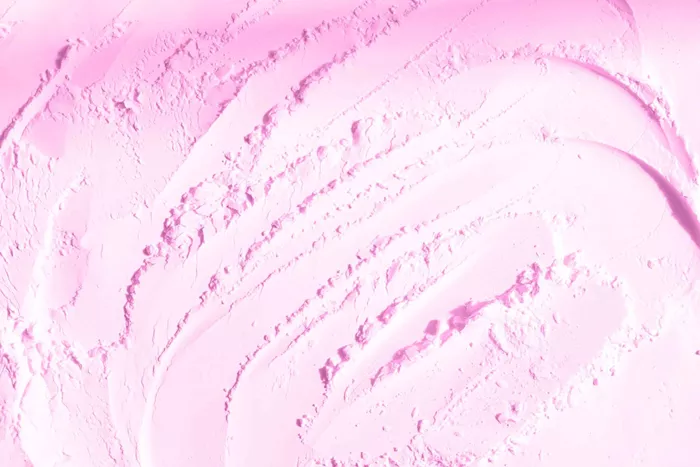An initial toxicology report reveals that former One Direction star Liam Payne had multiple drugs in his system, including the controversial substance known as “pink cocaine,” at the time of his tragic fall from a hotel balcony in Buenos Aires, Argentina. This alarming incident sheds light on the dangers of this drug cocktail, prompting urgent discussions about its effects and risks.
Pink cocaine is often a powdery mix of ketamine, methamphetamine, MDMA (commonly referred to as molly or ecstasy), and potentially other illegal substances. Intriguingly, despite its name, it typically contains no actual cocaine, and its color comes from food dye. This drug cocktail may also include caffeine and is sometimes referred to as tusi or tucibi, though it rarely contains the psychedelic compound 2C-B.
The active ingredient in pink cocaine is generally ketamine, an anesthetic that can cause severe health risks when misused. According to the United Nations Office on Drugs and Crime, this ketamine-based mixture is becoming increasingly popular in Latin America and parts of Asia, often marketed under names like “happy water” or “k-powdered milk.”
The unpredictable nature of pink cocaine poses significant health risks. Bridget Brennan, the special narcotics prosecutor for New York, notes that the variability in how individuals react to street drugs complicates any understanding of their effects. Side effects can range from anxiety and hallucinations to severe physical harm.
Just before Payne’s fatal incident, hotel staff reported a distressed guest causing a commotion in his room. An emergency call indicated concerns for his safety, yet responders arrived too late. An autopsy revealed that he sustained 25 injuries consistent with a fall, with the cause of death determined as “polytraumatism.”
Experts warn that pink cocaine’s mixture of depressants and stimulants can lead to critical health complications. Brennan states, “The combination of substances can create conflicting signals in the body, putting users at significant risk.” With a drug landscape increasingly complicated by various mixtures, the potential for confusion and danger grows.
A recent National Institute of Health report highlights the complications introduced by pink cocaine, cautioning that users may mistakenly believe they are consuming a safer product. In a landscape where trust in dealers is diminishing, the risks associated with recreational drugs are at an all-time high.
The tragic case of Liam Payne serves as a stark reminder of the serious dangers posed by illicit substances like pink cocaine. As discussions about drug safety and awareness continue, it is vital for individuals to understand the risks involved with street drugs and to seek help if they or someone they know is struggling with substance use.
Read more:
New Research Reveals Breathing Patterns Altered By Anosmia: Implications For Health
AirPods Pro 2: A New Era In Hearing Assistance & Health Monitoring
Novo Nordisk’s Rybelsus: A Breakthrough In Diabetes Management Reduces Heart Risks By 14%


